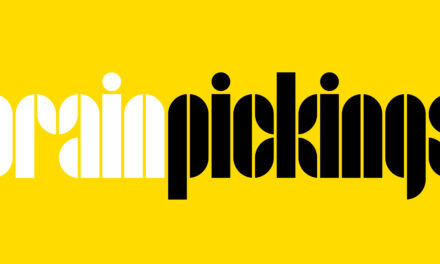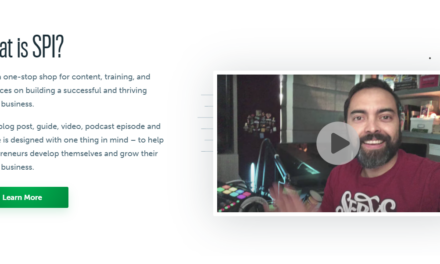We are all aware that consumers increasingly distrust brands—and we all want to find the right path to win our customers’ hearts and minds. Without a solid foundation of mutual trust, it can be difficult. To build trust and maximize your ability to gain market share, consider incorporating a customer advocacy program into your sales and marketing activities.
Satisfied customers make the best sales people—and nothing builds credibility faster than sharing real- life stories of high-value products and services purchases from your strongest advocates. However, many customer advocacy programs are not succeeding for a variety of reasons: not enough resources to meet demands; inability to map resources to the needs and priorities of the sales team; failure to identify the ‘right’ customers; or inability to measure impact.
Whether you’re starting a new advocacy program for your company or division, or refreshing your website’s customer-story portfolio, here are a few considerations you might implement to help ensure you meet your marketing objectives.
Identify References
The first step is to prioritize topics by strategically mapping out your needs based on categories that are the most important and frequently used by the sales team, including geographic areas, industries, and challenges that your product or service can solve.
Next, leverage the voice of the customer by identifying existing customers who are satisfied with your product or service and would be willing to share their experience. Make sure you set expectations at the beginning, eliminate any unnecessary internal approval processes, and let them know how you intend to use them as a reference.
Additionally, your sales team should work closely with your customer advocacy team when they close new deals and have happy customer stories that they can share. Offer uncomplicated ways for them to nominate or introduce customers to the reference program. Reward and share your appreciation with both your salespeople and customers for their contributions and invite them to share more success stories in the future.
Build a Resource Tool and Community of Resources
It’s helpful to create a database or repository to target and track likely customers who can influence and deliver value. Not all customers may be ready to provide a reference, which makes a searchable database useful for tracking advocacy activity. A database can be used to create reports that show sales cycle and ROI, and what evidence pieces were used that sales teams could share with leads and prospective clients.
For advocates to truly feel a sense of purpose and community, consider automating your customer advocacy program for a more effective, systematic, customer-centric approach. Although you can manually manage a program a technology solution can keep your program activities organized and productive for a fast-growing pipeline.
Evaluate advocacy software solutions like Ambassify, Influitive, and ReferenceEdge. These platforms offer customer engagement approaches that can integrate with your existing marketing technology infrastructures—such as your CRM, marketing automation, social media tools, and lead generation software. Setting up these advocacy platforms keeps your customers informed of newly published content, reward opportunities, and empowers advocates to easily interact with your company and their peers.
Asset Types and Development
Many organizations leave customer referrals to chance. However, there are many effective ways to promote informative and relevant content that your customers are seeking from their peers. To achieve your growth goals, you need to get the right kind of customer references, in the right format, developed into compelling and consumable assets.
They can be as simple as a single sentence quote from an industry peer, to a documentary-style video or a case study, to an industry event presentation. Whichever way you choose to showcase your customer success story, you’ll need to decide in advance what format works best.
The opportunities can be endless for promoting your client testimonials. Examples of companies that have implemented successful customer reference programs include Dell sharing digital transformation stories from Callaway and TGen to Microsoft connecting 500 million fans worldwide with the Real Madrid Football Club.
Additionally, the marketing channel where you promote the new content is as important as the customer story. Identify the places where the right audiences, with the same roles and challenges as those in your content are and use targeted paid promotions to drive awareness and demand for your business.
Measure Success
To see the impact of your programs, integrate platforms and tools that track conversion rates, most used assets, customer satisfaction ratings, and other key performance indicators (KPIs). Tracking sales opportunities and engagement is essential for understanding program performance and securing future buy-in. Build reports and visual dashboards to present the information in an easy-to-digest and functional format for executives to see the effect on the bottom line.
Continually Grow your Program
What is the real impact of a customer advocacy program? It can be one of your most powerful assets to winning new business. Building a robust program takes time, but the effort can be a game-changer. Companies that broaden their reach with customer advocacy programs can open more doors and foster greater trust through a more meaningful connection with authentic and compelling customer stories that deliver multiple benefits—for both your business and the customer.






